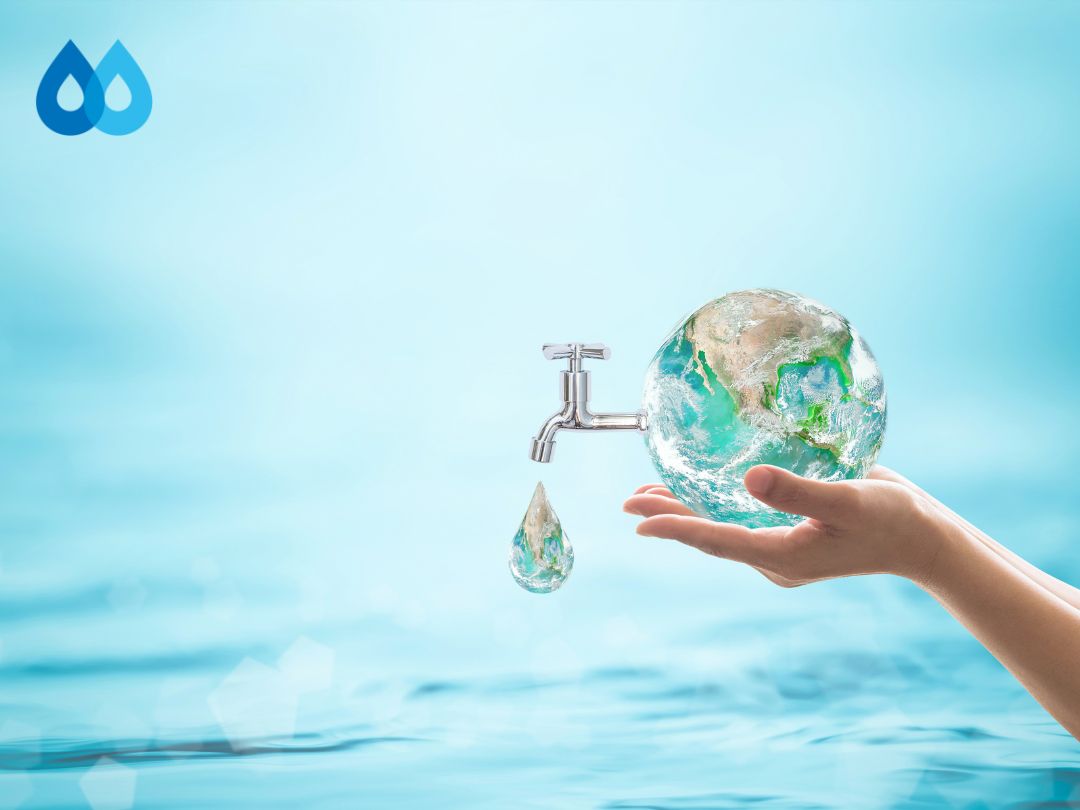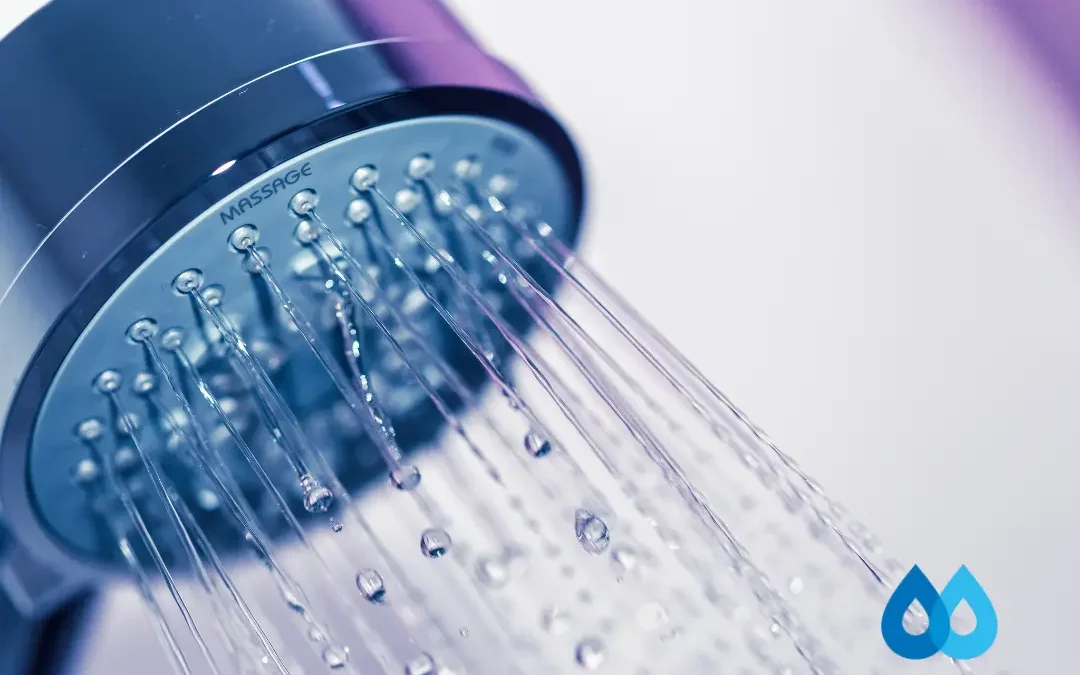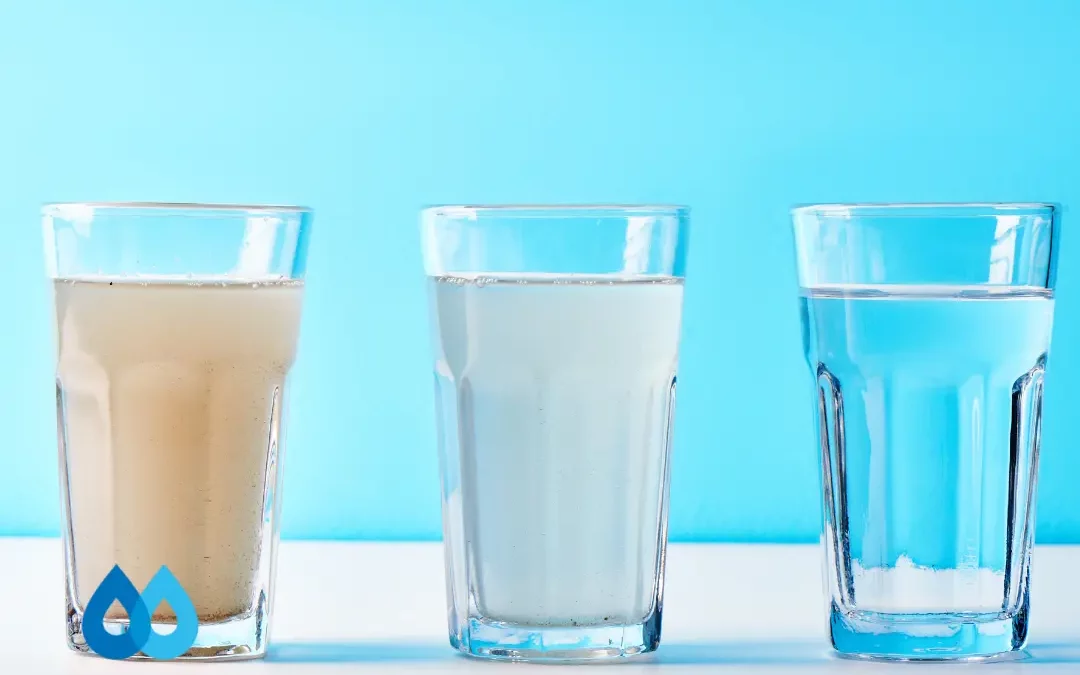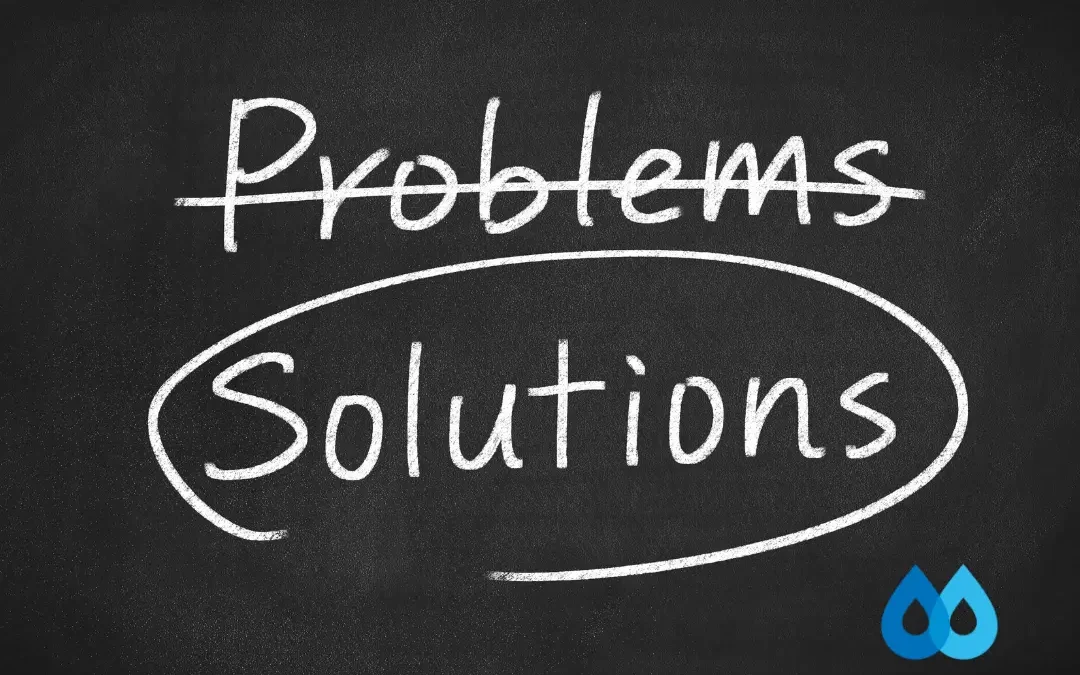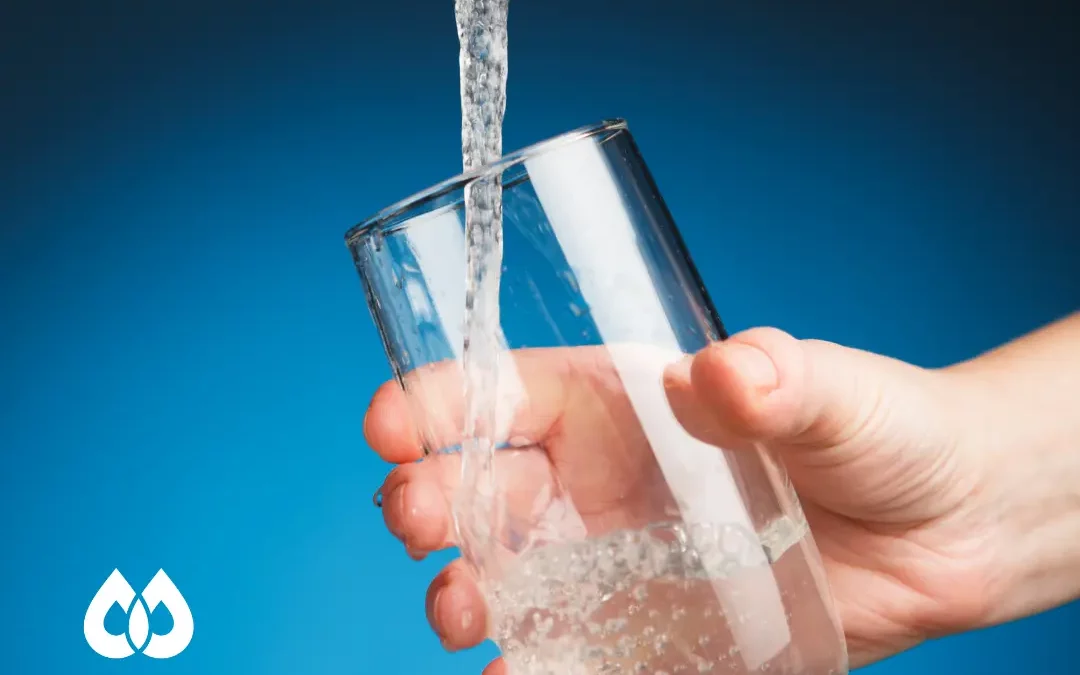The drought here in California and throughout the western portion of the United States is not a new topic. New concerns have arisen, however, as we move away from the months of winter snowmelt and into the warmer, drier months of late spring and summer. With water reservoirs reaching all-time lows, water restrictions are imminent for many, but especially in southern California.
What Has Caused California’s Drought?
Some scientists are now calling drought conditions in the west a megadrought. As defined by the National Oceanic and Atmospheric Administration (NOAA), this means that drought conditions have lasted 20 years or more. With water conditions not improving, and scientists saying the drought is the worst one in at least 1,200 years, many may wonder ‘How did we get here’? It’s a valid question but the answer isn’t so simple.
Most scientists and environmentalists blame the drought on several factors:
- Reduced winter precipitation – In a ‘normal’ year, wintertime snow builds up in the mountains and then fills up lower level water reservoirs as it melts in the spring. According to the California Department of Water Resources, California typically gets 30% of its water from snow melt. Therefore, reduced winter precipitation has a significant impact on water stores the rest of the year.
- Reduced overall precipitation – In addition to lower amounts of winter snowpack, the region has also experienced a decline in overall precipitation. This means that there’s very little chance for spring, summer, and fall rainfalls to overcome the wintertime shortage.
- Increased water demands – As people live longer and the country’s population increases, water demand goes up. And, with less natural precipitation, more water is used for things like irrigation in order to keep lawns, landscapes, and crops hydrated.
- Deforestation – Trees and other plants are an important part of the water cycle, releasing water into the atmosphere that then turns into clouds and rainfall. As forests are cut down to make room for homes, businesses, and communities, the water cycle is disrupted.
- Climate change and global warming – Many environmental experts say that the planet’s temperature is rising, causing global climate changes – less rainfall and greater evaporation of existing water stores.
Why Are Water Restrictions Necessary?
With winter snowfalls in California coming in at just 4% of the normal amount, this year’s drought conditions are predicted to worsen. To get ahead of the curve, many southern California communities are implementing water restrictions now in the hopes that there will still be water left to use later in the year.
Water restrictions may vary some by location but can include such things as limiting outdoor watering or cutting overall water usage by a certain percentage.
Here are some outdoor watering tips that can help you make the most of the water you are allowed to use:
- Water deeply instead of frequently – When plants are watered deeply once or twice a week, they’ll often develop deeper roots which can help them get more moisture with less frequent watering.
- Water in the early morning – The water you do use will have a chance to soak into the soil and get to the plants’ roots before the heat of the daytime sun makes it evaporate.
- Don’t water unnecessarily – Pay attention to rain gauges and actual rainfall. If natural precipitation does come, take that into account before watering.
- Let your lawn grow – If you mow less frequently, the grass will develop deeper roots to access underground water stores, reducing your need to water it with irrigation. Taller grass also helps to shade the roots.
How to Cope With Indoor Water Restrictions
Since some parts of California will also be implementing overall water restrictions, such as reducing overall usage by 35%, limiting outdoor water usage may not be enough. Indoor water conservation efforts may be required and can be a smart choice anyway.
Here are some ideas to help you effectively cut your indoor water usage:
- Use water-efficient washers and dishwashers
- Take shorter showers
- Turn off the water while you brush your teeth
- Check for water leaks and fix any you find
- Run your dishwasher only when it’s completely full
- Use portable exchange tank service for soft water – you’ll use less water, still get the benefits of soft water, and have less to maintain
As each of us does our part to conserve water, we can make small impacts in our communities that add up to a big impact overall. To learn more about our eco-friendly water treatment products, simply contact us today. One of our water treatment experts will be happy to help you find the best solution to meet your needs and one that’s great for the environment, too!
